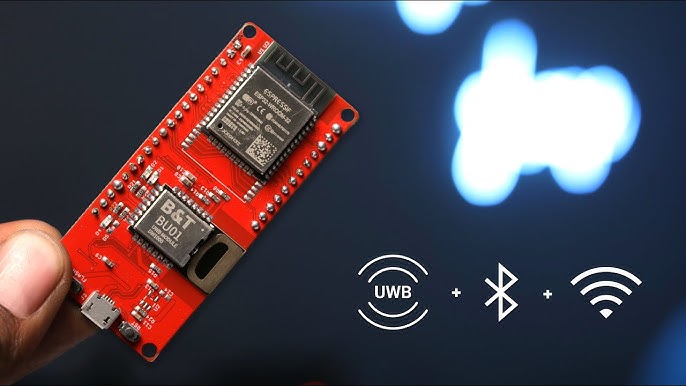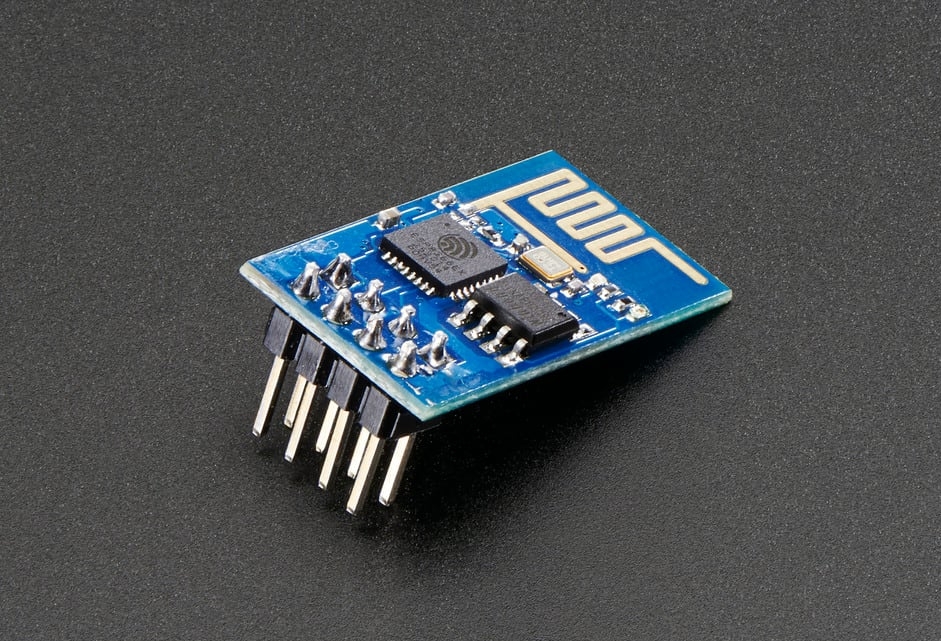What Makes a Zigbee Module a Better Choice Than Wi Fi for Connected Devices?
With the development of the Internet, people are paying increasing attention to the connection technology of devices. Although Wi-Fi remains a popular choice for many applications, the Zigbee module is gradually becoming a more innovative and sustainable alternative for connecting devices. This low-power, low-data-rate protocol is specifically designed for short-range communication, making it ideal for applications such as smart homes, industrial automation, and sensor networks. It provides a mesh network topology, ensuring more exhaustive coverage and reliable performance without overburdening the local network infrastructure.
Advantages of Zigbee modules in efficiency and battery life
Power consumption is one of the most critical factors in IoT deployments. Devices such as sensors, switches, and controllers often run on small batteries. The Zigbee Module is optimized for such scenarios. Its lightweight communication protocol significantly reduces energy drain, allowing devices to remain functional for several years without intervention.
On the other hand, Wi-Fi tends to burn through battery life quickly. Devices must maintain higher power levels for communication, which makes frequent charging or battery changes inevitable. This not only increases maintenance costs but also reduces the practicality of Wi-Fi in large-scale deployments. For low-maintenance and long-lasting connectivity, Zigbee is ahead.
Scalability Through Mesh Networking
One standout advantage of the Zigbee Modules is their ability to form mesh networks. This architecture allows devices to relay data to one another, effectively extending the network range and improving redundancy. It’s beneficial in environments such as factories or smart buildings, where signals must travel through walls and floors.
Unlike Wi-Fi, which relies on a centralized access point and is prone to congestion, Zigbee’s distributed model enhances both reliability and scalability. If one device fails, the network reroutes data through other nodes. This makes Zigbee a highly robust option for applications requiring extensive coverage and minimal downtime.
Interference and Network Stability
With the increasing number of connected devices, network interference has become a significant issue. The Zigbee Module operates on the 2.4GHz frequency band but uses a different channel set than standard Wi-Fi, which reduces crosstalk and ensures more stable connections.
Additionally, Zigbee’s small data packet size and lower bandwidth requirements mean it doesn’t hog network resources. This is a critical benefit in dense environments, such as offices or smart cities, where Wi-Fi networks can become overloaded. For seamless and interference-resistant communication, Zigbee offers a clear advantage.
More straightforward Integration and Lower Costs
Developers and product designers often choose the Zigbee Module because of its simplicity. The protocol stack is less complex compared to Wi-Fi, which makes integration faster and more straightforward. Zigbee also supports a wide range of chipsets and development kits, accelerating time to market.
Cost-wise, Zigbee modules and associated components are generally less expensive. In mass deployment scenarios, the savings become substantial. From home automation to large industrial IoT systems, using Zigbee can significantly lower overall development and operational costs without compromising performance.
Enhanced Security for Critical Applications
Security remains a top priority for any connected system. The Zigbee Module supports AES-128 encryption out of the box, providing a robust layer of protection for data in transit. It also provides key management and device authentication features essential for sensitive applications.
In comparison, Wi-Fi security can be robust but is more vulnerable to configuration errors and unauthorized access if not managed carefully. Zigbee’s streamlined and purpose-built architecture minimizes attack surfaces, making it more secure for systems where reliability and safety are paramount.
Ideal Use Cases for Zigbee Modules
The flexibility of the Zigbee Module lends itself well to a wide range of use cases. Intelligent lighting systems, environmental sensors, energy monitors, and even medical alert devices often rely on Zigbee for dependable, low-power connectivity.
Its application in industrial settings is equally strong. From tracking assets to monitoring machine health, Zigbee provides the stable and low-latency connections needed for real-time decision-making. When high performance and long-term reliability are must-haves, Zigbee delivers on both fronts.
Zigbee module is a more efficient and secure choice
When it comes to connecting devices, Zigbee modules outperform Wi-Fi in several key areas. Its high energy efficiency, mesh networking, low interference, easy integration, and strong security make it an excellent choice for many applications. As the demand for reliable and scalable IoT solutions continues to grow, Zigbee will stand out among many technologies.







